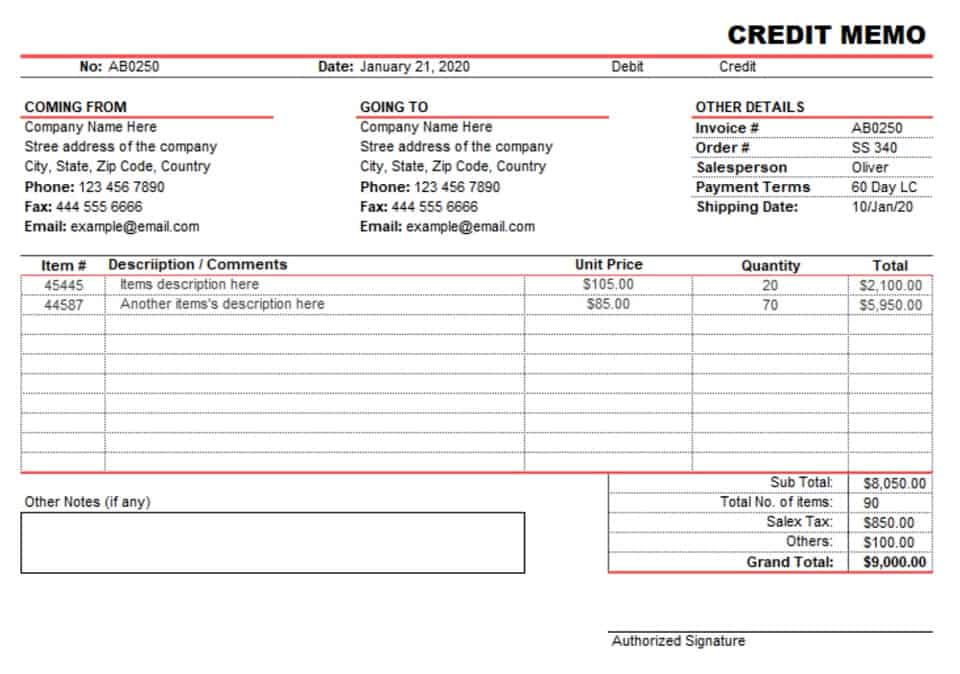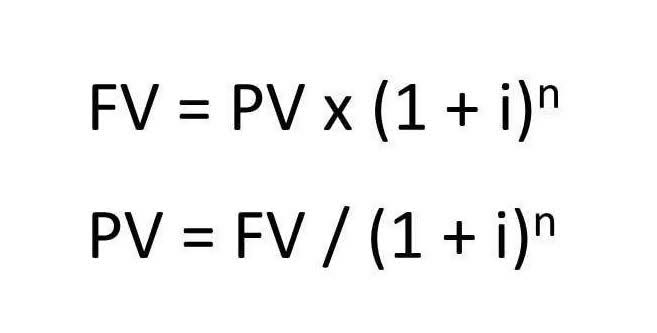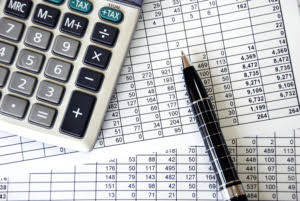
So, if all raw materials, labor, and overheads have been accounted for in the current period, you can simply use this formula to get the total COGM. Period costs are the costs incurred by a company to produce goods or render services that cannot be capitalized into prepaid expenses, inventory, or fixed assets. Both of these costs are considered period costs because selling and administrative expenses are used up period costs over the same period in which they originate.

#2 – Usage of Period Expense in Inventory Valuation
The prepaid expenses are not a part of period costs either because they do not relate to the current period, instead of paid-for future accounting income statement periods. Period cost is those which are incurred periodic and are not related to product cost or manufacturing cost. HowePeriod cost is those which are incurred periodically and are not related to product cost or manufacturing cost. However, all the expenses are not related to product cost except for the cost of goods sold.

Period Expenses
- In general, period expenses include items such as rent, utilities, insurance, and property taxes.
- At Finance Strategists, we partner with financial experts to ensure the accuracy of our financial content.
- Thegenerally accepted accounting principles require us to report expenses in theincome statement for the year when they were incurred in order to generate therevenue for the current period only.
- She holds a Bachelor of Science in Finance degree from Bridgewater State University and helps develop content strategies.
- Product costs are often treated as inventory and are referred to as “inventoriable costs” because these costs are used to value the inventory.
Period expenses are important to know about because they can have a direct impact on both reducing costs and increasing revenue. Product Costs are essential for calculating the cost of goods sold and determining the gross profit margin of a business. Resources consumed to provide or maintain the organization’s capacity to produce or sell are capacity costs or supportive overheads.

SaaS Financial Model Template
The main benefit of classifying costs as either product or period is that it helps managers understand where their costs are being incurred and how those costs relate to the production process. This information can be used to make decisions about where to allocate resources and how to improve efficiency. Product costs are often treated as inventory and are referred to as “inventoriable costs” because these costs are used to value the inventory. When products are sold, the product costs become part of costs of goods sold as shown in the income statement. There is no fixed approach to identifying the period expense in all the particulars.

- The type of labor involved will determine whether it is accounted for as a period cost or a product cost.
- A period cost is charged to expense on the income statement as soon as it is incurred.
- If that reporting period is over a fiscal quarter, then the period cost would also be three months.
- This calculator streamlines the process of computing the Total Period Cost, making it an accessible tool for business owners, financial analysts, and academic use.
- Also, interest expense on a company’s debt would be classified as a period cost.
- The $10 direct materials would be a debit to cost of goods sold (increasing) and a credit to inventory (decreasing).
Finance Strategists has an advertising relationship with some of the companies included on this website. We may earn a commission when you click on a link or make a purchase through the links on our site. All of our content is based on objective analysis, and the opinions are our own. She holds a Bachelor of Science in Finance degree from Bridgewater State University and helps develop content strategies. Such cost classifications have been proven useful to people, like most analysts who develop several costs, classifying them per their uses in various managerial applications.
- If the selling price is set too low compared to the COGM, the business could incur losses.
- Weighted-average costing mixes current period expenses with the costs from prior periods in the beginning inventory.
- This formula assumes that you do not have any unsold inventory from the previous month.
- For a retailer, the product costs would include the supplies purchased from a supplier and any other costs involved in bringing their goods to market.
- When products are sold, the product costs become part of costs of goods sold as shown in the income statement.
Use Jack for Your Business Needs
- For example, a single-shift operation might require only one departmental supervisor, but the operation of a second shift will require a second supervisor.
- Some examples include General administration costs, sales clerk salary, depreciation of office facilities, etc.
- While it might sound simple, COGM actually plays a very important role in running a business.
- This distinction aids in the accurate financial assessment and strategic planning of a company’s operations.
They can also include legal fees and loan interest if these amounts are paid in advance. Understanding these differences is essential for accurate financial reporting and analysis. By properly classifying costs as either Period Costs or Product Costs, businesses can assess their profitability, make informed pricing decisions, and allocate resources effectively. virtual accountant Understanding the Total Period Cost is vital for businesses to evaluate the proportion of their spending that does not directly contribute to production. This insight can lead to more efficient cost management and allocation strategies, ultimately impacting the company’s profitability.